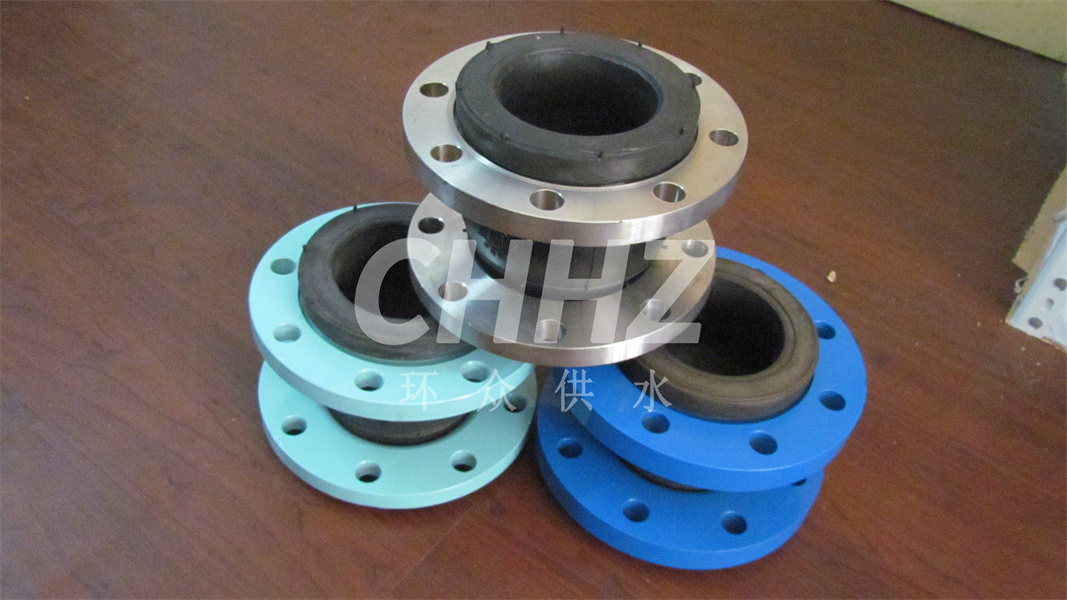Rubber joints should pay attention to five requirements before installation.
There are three types of rubber joint connections, including snap connection, flange connection, clamp connection and so on. It helps to solve the problem of pipeline bursting and damage to pipeline connection equipment caused by thermal expansion and contraction.
Rubber joints are installed before the two ends of the pipe fittings need to be connected in the horizontal plane, the installation of the first screwing of the buckle rubber joint in one of the pipe fittings, and then in the screwing of the other end of the pipe fittings, always keep in the horizontal plane, to prevent uneven force and tear the rubber ball in the installation process, the next hand or wrench to tighten the buckle, after the buckle rubber joint and the two ends of the pipe fittings to be fixed in the not easy to stretch or twist the The next step is to tighten the threaded buckle by hand or wrench.
Rubber joints in the installation instructions.
1 . The installation of rubber joints is strictly forbidden in the installation of super displacement.
2 . If the actual working axial displacement pressure of the rubber joint is less than the supporting force of the pipeline when installing the rubber joint on flat ground, overhanging or vertically, otherwise an anti-pull-off device should be installed to prevent the pressure from pulling off when working.
3 . The pipe has fixed support or fixed bracket, and the force of fixed bracket is greater than axial force. When vertical installation and overhead installation, corresponding fixed bracket and force bracket should be installed at both ends of the product to prevent pulling off after working under pressure.
4 . The installation bolts should be tightened symmetrically and gradually to prevent local leakage.
5 . The installation should be far from the heat source, and the use of media that does not meet the requirements of this product is strictly prohibited.
